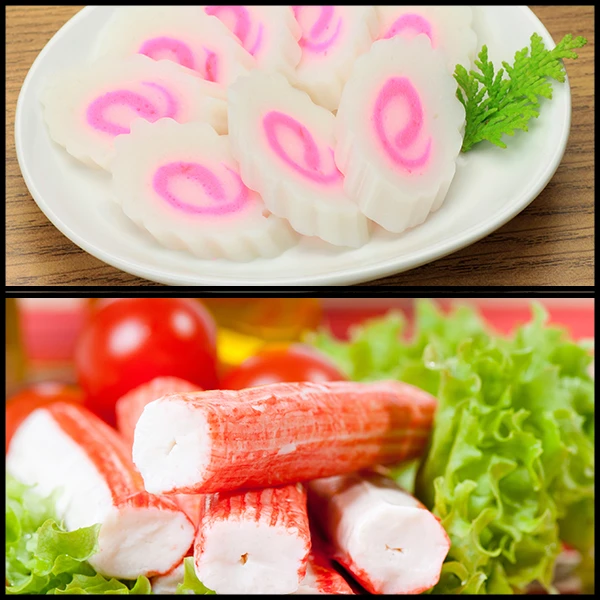Color Measurement of Surimi

Surimi is a type of processed food that can be found in many Asian cuisines. It is made from mincing fish or other meat into paste and depending on the desired flavor of the surimi product, differing amounts of additives are added. If the surimi is to be packed and frozen, preservatives like cryoprotectants are added during the paste mixing process to retain its freshness and quality.
In the food industry, color is not only an important indicator of freshness and quality, it is also a crucial factor in influencing consumer food choices. The adoption of instrumental color assessment technologies throughout the surimi manufacturing process can help improve color quality and production yield.
Within the research and development stage, color instruments can help determine the amount of additives needed to remove yellow pigment and also the shelf-life studies of surimi. In process control stage, color instruments can be used to monitor surimi color during ingredients mixing as well as the checking and grading of both raw ingredients and final surimi product. The commonly used color space is the CIE L*a*b*. The undesired yellowness in surimi can be determined by the *b value. The redness value, indicated by the a* value, can be used to determine the freshness of raw material.
Color measuring instruments like Konica Minolta Spectrophotometer CM-5, with both top port and transmittance chamber, is suitable for measuring food samples of any kind. Together with accessories like petri dish, target mask and cell, surimi manufacturers can measure color with ease.
Click here to learn more.
Alternatively, you can click here or contact us at +65 6563 5533 for a free consultation on how to measure surimi color.
